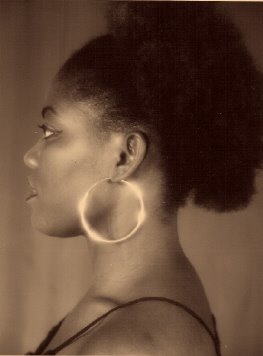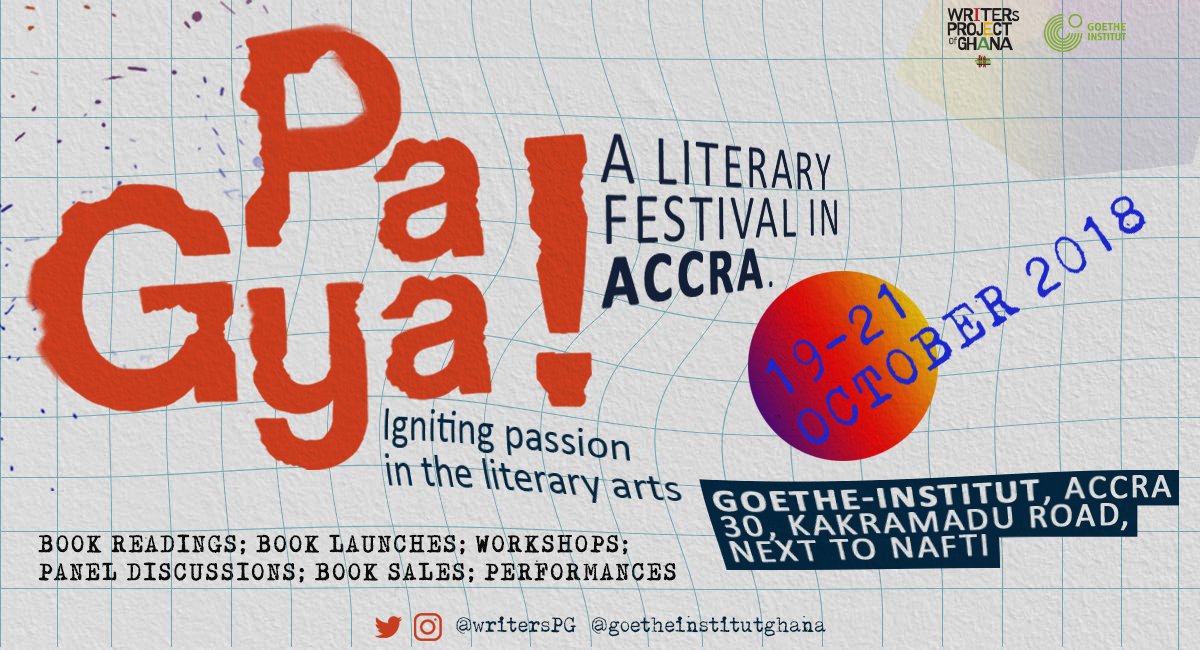 Here's a picture that came out of the printers from day one with a decidedly nostalgic hue, as though it knew it'd be held up someday in the future so its subject could reminisce about her younger self.
Here's a picture that came out of the printers from day one with a decidedly nostalgic hue, as though it knew it'd be held up someday in the future so its subject could reminisce about her younger self. Yes, here's MW as photographed in Lagos (in the Jibowu/Fadeyi area, I think), Nigeria, on 18th June 1996. 12 years ago, and how physically transformed I am. I remember this top which I matched on the day with my flowy linen trousers in the same beige colour. The dainty 'aspirant-pearl' earrings were a favourite of mine then (they are now lying forlorn at the bottom of a box cluttered with pieces of old costume jewellery tarnished with age and time, which I no longer wear but still do not have the heart to throw away, having such strong attachment to items from my past...). As for the bag, peeking from under my left arm, it is long gone, either to relatives in Nigeria or to a charity shop. But I remember it served me faithfully for several years. I had bought it in Warehouse, in the black/white snake-print that was all the rage in the mid-90s (actually, looking on the streets of London now, it's plain to see the skin look is back - when did it ever go away, fashion looping over and over upon itself? - only this time it's mainly the warmed gold/brown big-cats/tiger imitation look).
This is the kind of picture I come across in the flat and I go: "Aww... look at me!" And I stare open-mouthed and wide-eyed as one grasping for one's old self lost somewhere in time but frozen in the image for posterity. Then I address the empty air: "Ah, where have all the years gone?" It's usually at this point that my kids give each other a knowing look that says: "Here we go again!"
My personal aesthetic is more or less the same as in this photo. One difference is my hair. I have not relaxed/straightened my hair since 2001 and I've never looked back. Throughout the 90s however, I wore my hair in varying lengths of this chic bob, graduated at the back, with warm highlights in front. I was a devil with the curling tong; and being blessed with very thick hair, my hair often astonished people who usually thought it had to be a wig. I'd be at a party, my hair styled to the hilt and some female would touch the graduated part and, finding no seams, would exclaim: "Ehn, it's not a wig?!" Looking at some old pictures now, especially the ones with the 'big' party hair, I have to remind myself also, that it's not a wig. Happily, on a good day, my afro when bouyant has the same effect...
The biggest difference from this photo now, is that I'm twice the woman I used to be. Back in the day, friends called me 'Pinto', 'Figure 8', what have you. I was dead slim, didn't know what a calorie-controlled diet was, never saw the inside of a gym (still not a gym person), ate what I liked when I liked and never gained weight. I'd enter a shop and buy Size 10 and not bother myself with trying it on first because it would be just right, why wouldn't it? Wore a few skin-tight killer dresses in my time. Oh, for the days of glad grace! Now to my surprise I find extra weight sticking to me like an unwelcome friend. One big downside to the writing life is that you spend so much time sitting down in one position for hours and hours as you string words together. The hips get comfortable and begin to spread... Lord help us.
But now and again, I come across a picture like the one above and feel the urge to sing the George Harrison song, 'Long Time Ago When We Was Fab'...
 Eritrean-born Sulaiman Addonia reads from his debut novel, The Consequences of Love (published 3 July by Chatto & Windus), tonight at:
Eritrean-born Sulaiman Addonia reads from his debut novel, The Consequences of Love (published 3 July by Chatto & Windus), tonight at:



.jpg)
.jpg)


.jpg)
.jpg)
.jpg)












.jpg)

.jpg)



.jpg)



.png)





























.jpg)




